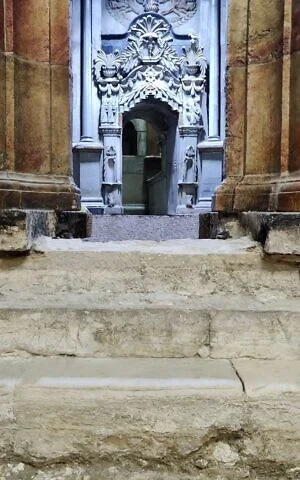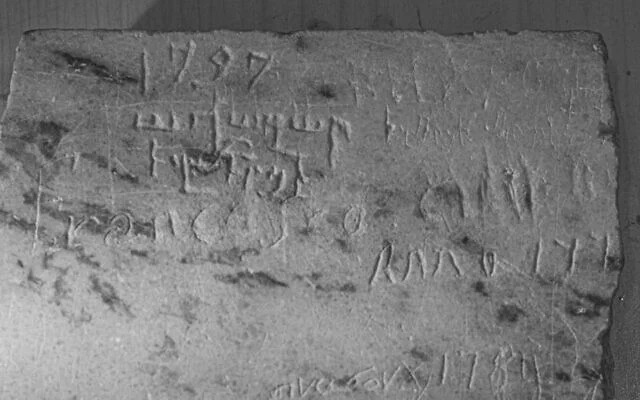
During archaeological work in the Church of the Holy Sepulcher in Jerusalem, experts from Rome discovered many ancient objects of both historical and material value.
Archaeologists have excavated the area around the Holy Cenacle, the main tabernacle of the temple. It is believed to have been built on the site of the cave where Jesus was buried after his crucifixion. A treasure of coins was found under one of the floor slabs. The analysis showed that they were minted before the reign of the Roman Emperor Valentinian II (364-378).

Photo: Archivio Università La Sapienza
Among other finds, scientists note a fragment of wall cladding with eighteenth-century drawings and inscriptions in various languages, including Greek, Latin, and Armenian. In addition, these excavations revealed new information about the early Christian layout of Cuvuklia.

Photo: Gianfranco Pinto Ostuni / Custodia CTS
The Church of the Holy Sepulchre was built around 330 AD, after Emperor Constantine converted to Christianity and his mother Helen traveled to the Holy Land in search of places associated with Jesus. It was thanks to her that the church was built.
Earlier, inscriptions in Latin were found on the territory of the church, which were left before the construction of the shrine. Apparently, this place had an important religious significance even before the church appeared.

